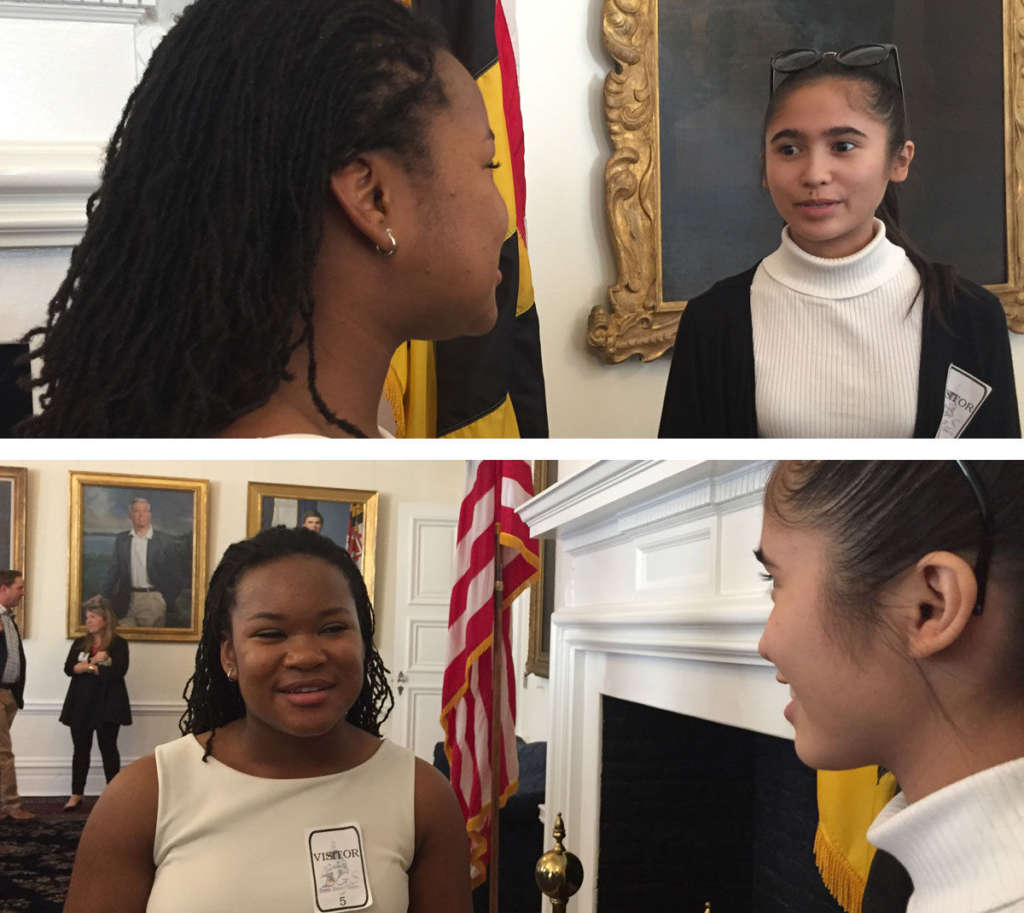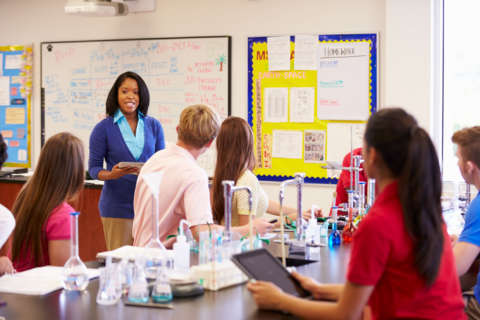ANNAPOLIS, Md. — Maryland Gov. Larry Hogan has announced a plan Thursday to promote computer science education and accelerate workforce development in the field across the state.
Hogan explained the need for the initiative by saying there are nearly 20,000 openings for computer-related jobs in the state, yet in 2015, for example, there were fewer than 3,000 computer science graduates statewide.
At a news conference in the State House in Annapolis, Hogan announced he’d just signed an executive order to have the state’s Task Force on Cybersecurity and Information Technology identify what employers in those fields need in their workforce and to study ways to grow tech talent.
Hogan also announced he’d allocate $5 million dedicated to teacher training and professional development in the computer science field. He also hopes to implement computer science education standards as part of the K-12 curriculum. That will require legislation that the governor said he is working on now.
Finally, as part of his ACCESS program, which stands for Achieving Computer science Collaborations for Employing Students Statewide, Hogan announced a partnership with Girls Who Code, a nonprofit organization aimed at closing the gender gap in the fields of science, technology, engineering and mathematics, or STEM.
Hogan said there are 23 Girls Who Code clubs across the state and that he’d introduce the Governor’s Club Challenge to create a partnership to generate new clubs in communities across the state.

He also ticked off a list of concepts and terms that girls learn in the clubs: “loops, variables, conditionals and functions, which form the basis for all programming languages.” Pausing for a moment, he added, jokingly, “I should probably take that course.”
Emily Schienvar, communications associate with Girls Who Code, said the aim of the group is making sure that girls can compete in the world of computer science. “Girls Who Code is all about changing the culture, making sure that people know that girls are computer scientists, can be coders and can make a difference in this world.”
Lindsay Blocker, 15, is a student at Eleanor Roosevelt High School and takes computer science and tech classes where she’s one of few girls. “Oh, it’s intimidating, because all the guys are friends with each other,” she said, but added that she’s made friends among the boys in the class, and the girls — she’s one of three in the class — work closely with each other as well.
Blocker also said any of the guys who might have underestimated her before, don’t now. “Once you start helping people next to you, they kind of understand that you know what you’re doing, too.”
Nicole Balay, 17, is a senior at the same high school who is excited by the climate that encourages girls to get into tech. Her advice to underclassmen, who might feel hesitant: “Continue making friends. Girls — we’re all in the same situation, so just help each other out. No one’s going to bite.”
Lastly, she added, “If you believe in yourself, you can do anything!”








